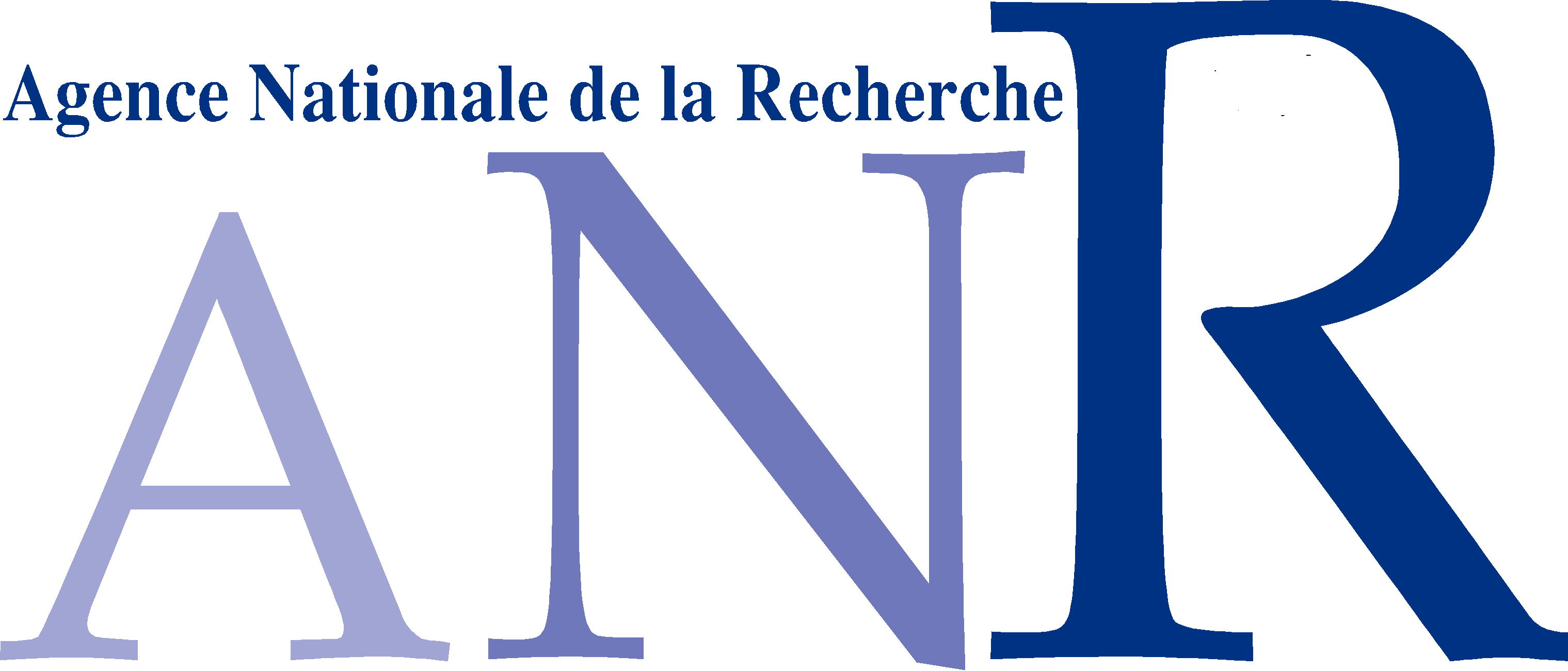State of the art on singular SPDEs:
It is probably understated to say that the groundbreaking work of Hairer on regularity structures has opened
a new era in the study of stochastic singular parabolic partial differential equations. It provides a setting where one can make sense of a product of a distribution with parabolic non-positive Hölder regularity index, say a, with a function with non-negative regularity index, say b, even in the case where a + b is non-positive, and where one can make sense of and solve a large class of parabolic stochastic singular partial differential equations by fixed point methods. The 2-dimensional parabolic Anderson model equation (PAM) is an example of such an equation, as it makes sense in that setting to work with a distribution of Hölder exponent α − 2, for some α < 1, while one expects the solution u to the equation to be of parabolic Hölder regularity α, making the product uζ undefined since α + (α − 2) < 0.
The way out of this quandary found by Hairer has its roots in Lyons’ theory of rough paths, which already faced the same problem in his theory of controlled systems. Lyons’ deep insight was to realize that one can make sense of, and solve, a controlled differential equation driven by a ’rough’ signal X if one assumes one is given an enriched version of the driving signal X that formally consists of X together with its non-existing iterated integrals. The theory of regularity structures rests on the same philosophy, and the idea that the enriched noise should be used to give a local description of the unknown u, in the same way as polynomials are used to define and describe locally Ck functions. It provides a setting where one can prove well-posedness results for a number of singular stochastic partial differential equations, and comes equipped with a robust approximation theory. Here are some striking results proved within this setting, to name but a few:
- The intrinsic approach to the KPZ equation by Hairer,
- The introduction of the theory of regularity structures by Hairer, with a robust solution theory provided for the first time for the parabolic Anderson model equation in 2 and 3 space dimension, for the scalar Φ43 equation from Euclidean quantum field theory, with no force field.
- The proof of the global well-posedness of the scalar Φ43 equation by Mourrat and Weber; it opens the road to the investigation of its long time limit.
- The proof of convergence of a 2-dimensional dynamic Ising-Kac model to the Φ43 dynamics, by Mourrat and Weber.
- The proof of convergence of the Cole-Hopf solution to the KPZ solution of a large class of (1 + 1)-dimensional continuous interface growth models, in some weakly asymmetric and intermediate desorder regimes, Hairer and Quastel.
Needless to say, this non-exhaustive list of important results received the highest recognition
from the mathematical community.
At the very same time that Hairer built his theory, Gubinelli, Imkeller and Perkowski proposed
another implementation of the same philosophy, building on a different notion of local
description of a distribution, using paraproducts on the torus. The machinery of paracontrolled
distributions rests on a first order Taylor expansion of a distribution that happened
to be powerful enough to deal with the stochastic parabolic Anderson equation in 2 and 3
dimensional (potentially unbounded) spaces, the stochastic additive Burgers equation
in one space dimension, its multiplicative version in a 3-dimensional space, the
Φ
43 equation on the 3-dimensional torus and the stochastic
Navier-Stokes equation with additive noise. The KPZ equation can also be dealt with
using this setting.
Objectives of the project:
- Developing the theory. The theory of regularity structures offers a very clean
setting for the study of a class of parabolic singular SPDEs, called sub-critical. So far,
the probabilistic structure has mainly been used as a tool to set the study of such an
equation into the framework of regularity structures, by enriching the noise into a model.
- It is very likely that the stochastic cancellations inherent to the probabilistic objects
will be instrumental in analyzing a number of problems beyond the local well-posedness problem,
such as the global well-posedness problem, or the use of Malliavin calculus tools to investigate
the existence and regularity of densities for solutions of some classes of singular sub-critical
SPDEs.
- This will require to extend the basic ingredients of the theory of regularity structures
into a more general functional setting.
- On the paracontrolled side, the theory was originally written as a ’first order Taylor
expansion’ theory. Despite its successes in recovering a number of results obtained via
the theory of regularity structures, its present form prevents a priori its use in a
number of problems and hides one of Hairer’s other breakthrough, which is the introduction
in his theory of a renormalization group. We intend to develop a higher order
paracontrolled calculus and introduce in this setting an analogue of the renormalization
group.
- Qualitative properties of particular singular SPDEs.
- The powerful tools of regularity structures and paracontrolled calculus have mainly been used
so far to derive existence, uniqueness and regularity results for singular stochastic PDEs.
We feel this is the right time to explore further the full power of these
techniques, and other techniques, to get a number of qualitative properties of solutions
of important examples of singular equations, such as intermittency for the parabolic Anderson
model equation, localization for the Anderson Hamiltonian, the study of the KPZ equation
in space dimension greater than 1, or the stochastic Yang-Mills equation that comes from
Parisi- Wu Euclidean quantization scheme.
- At the same time, we shall also investigate a number of stochastic PDEs for which
totally different tools need to be used, such as fully nonlinear parabolic equations.
